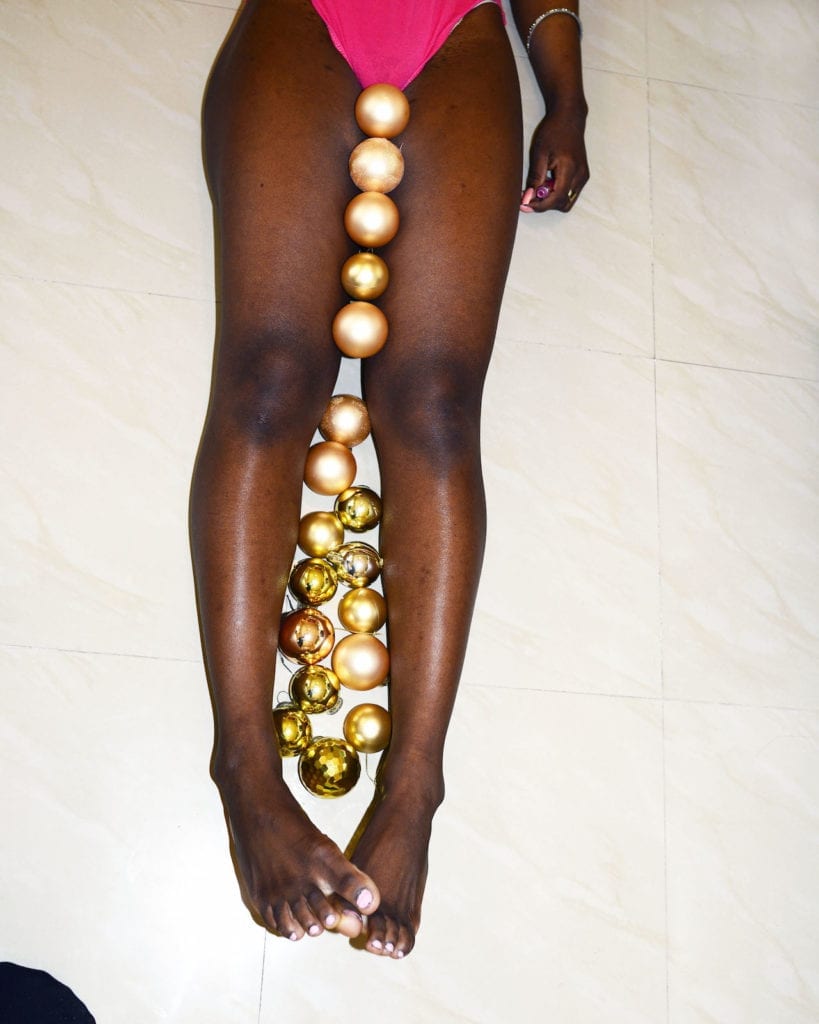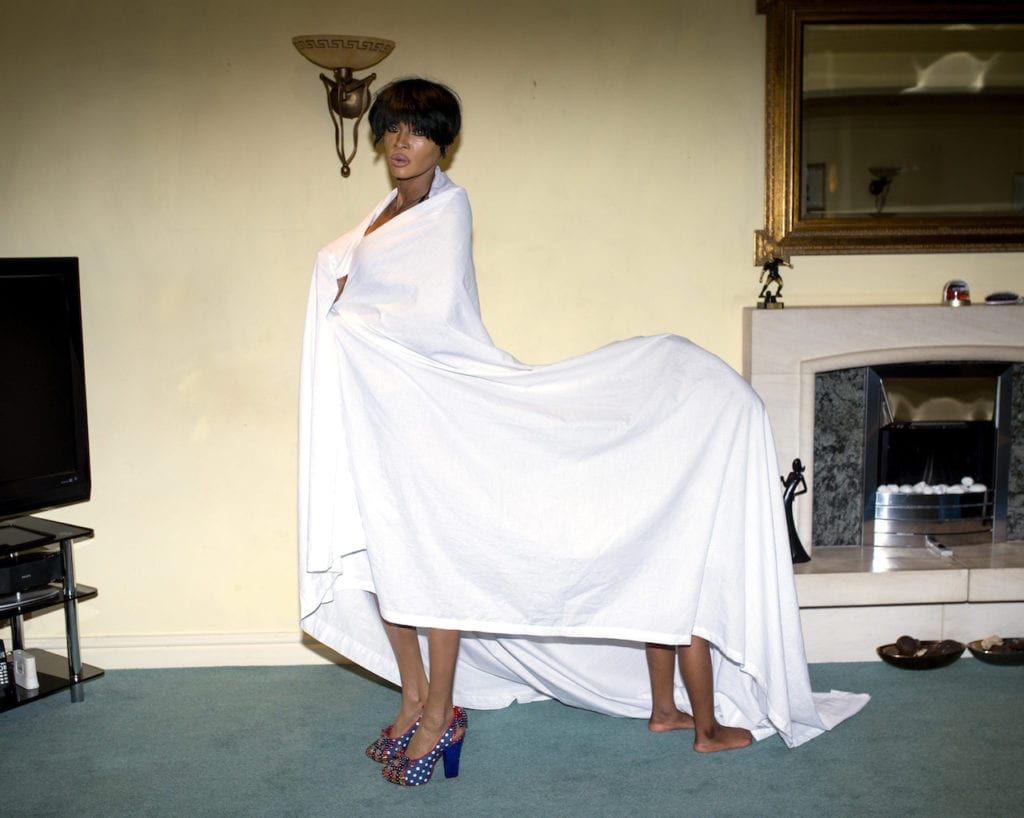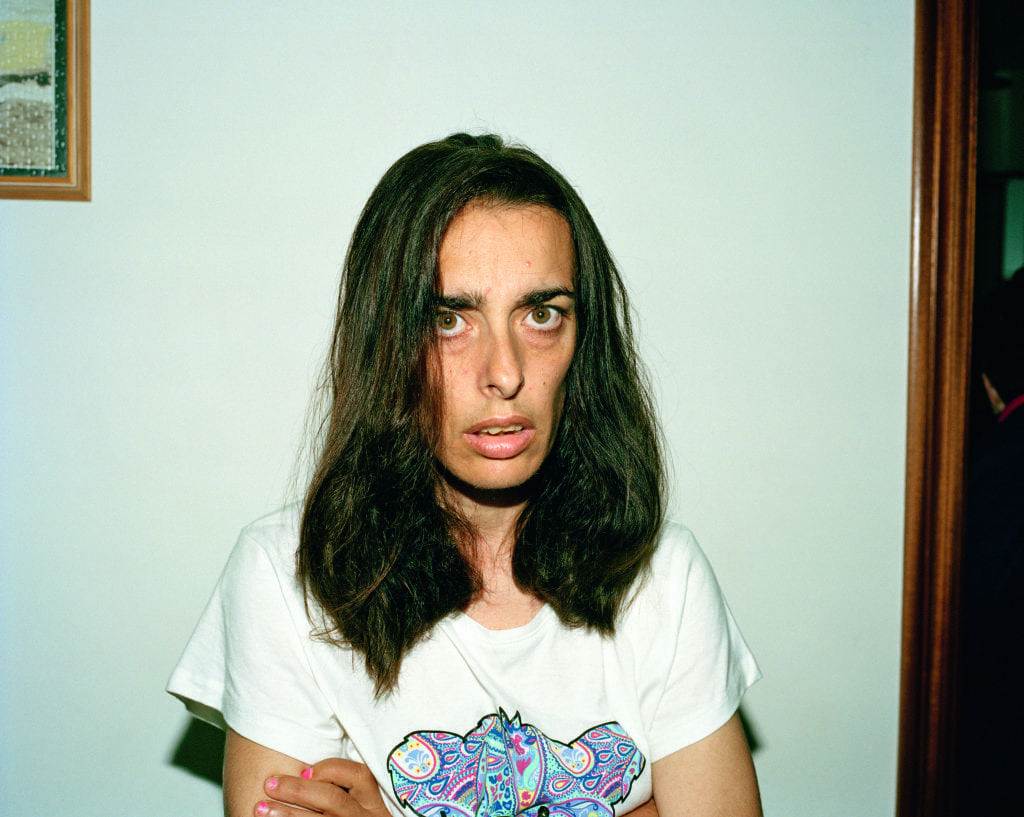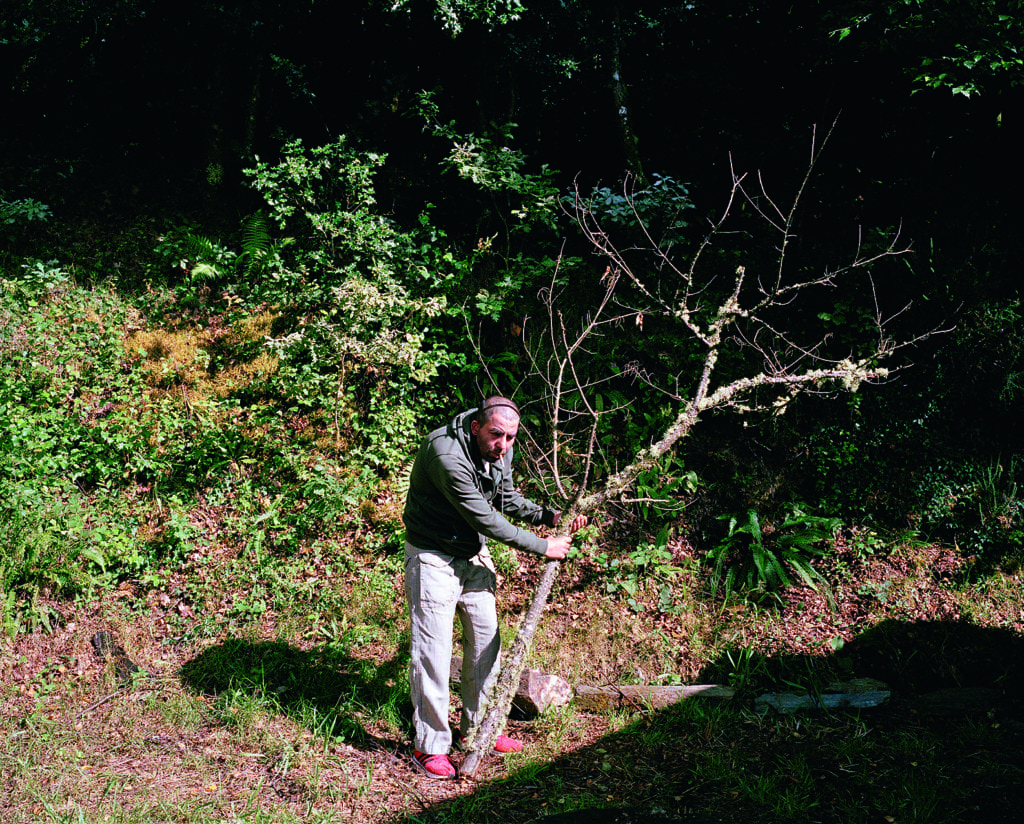Since graduating from the documentary photography course at the University of South Wales last year, Lua Ribeira has gone from strength to strength. In addition to the Firecracker Grant, which she was awarded in 2015 while still a student, her work was recently selected by Susan Meiselas to appear in Raw View magazine’s Women Looking at Women issue, which the Magnum photographer guest edited.
She is also making a name for herself commercially, with commissions for the likes of handbag designer Carla Lopez and with editorial clients such as Wired. Her images have been shown at international festivals, including Photo España in 2014 and Gazebook Festival in 2015, and she has also been awarded a Jerwood Photoworks Grant for future projects in 2018.
Thus far, Ribeira is perhaps best known for Noises in the Blood, an ongoing investigation into Jamaican dancehall culture, shown at London’s Fishbar Gallery earlier this year and published by its photobook wing. The series stems from the photographer’s love of the musical genre but also acknowledges her discomfort with its explicit, sexual lyrics.
“That feeling bothered me,” says Ribeira. “I did not fully understand it. Where was that puritanism coming from? But, of course, it was coming from a Judeo-Christian background, which is not particular to me but to the European context. Women in the dancehall very often seem to be in control of their sexuality and make gestures and moves that will make many people blush. Their behaviour within the dancehall does not match the Western understanding of femininity.”
Later the photographer, from Galicia in northern Spain, found herself identifying with these expressions of sexuality. “I am from a place where, not long ago during Franco’s dictatorship, my language, culture and traditions were forbidden and punished, often with death. I think this makes me identify with the importance of the expression of a culture that has been oppressed.”
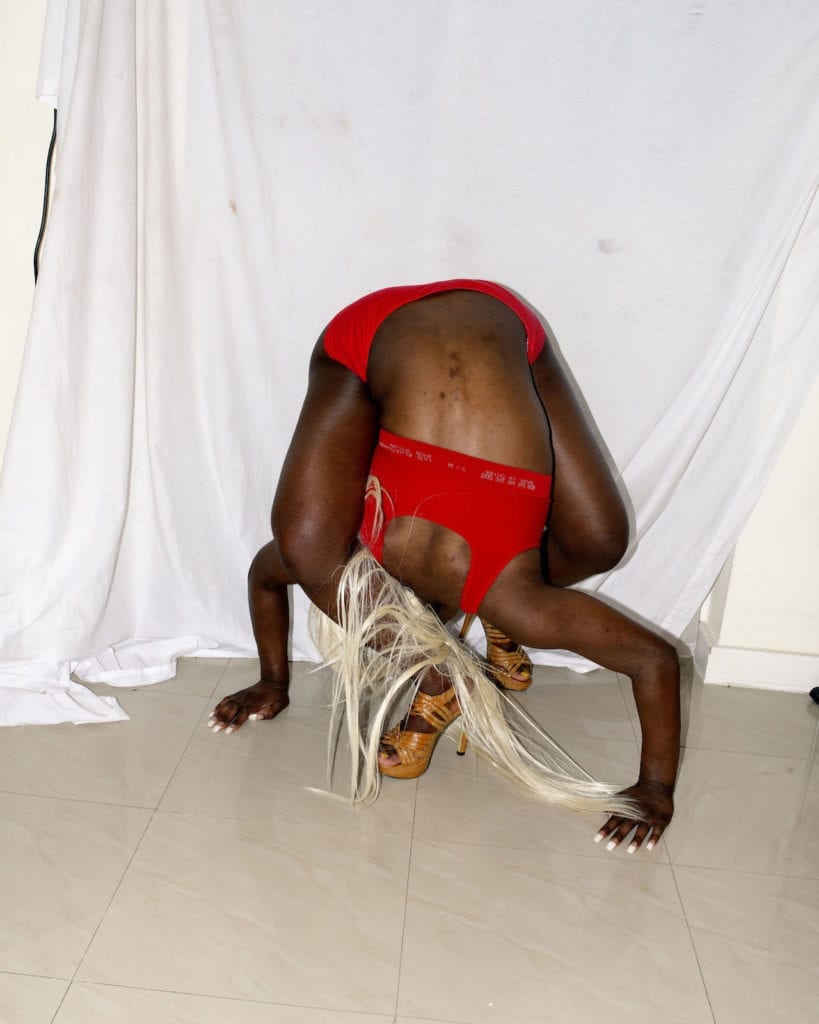
Ribeira is also working on The Aristocrats, a project about a community in her home province. The region’s landscape, Christianity and paganism make for rich sources of inspiration for her pursuit of the elemental and the mythological.
In both The Aristocrats and Noises in the Blood, Ribeira has developed a bold, experiential approach to making her work that has its place more in the gut than in the mind, an approach that is refreshingly irrational and unapologetic. “My research and in uences are intangible, very close to my own experience,” she says. “They are liquid and confusing. I am learning to let that confusion happen.”
Founder of IC Visual Lab studio and creative director of Photobook Bristol, Alejandro Acín, who is one of Ribeira’s nominators, says: “Lua’s work embraces the theatrical aspects of photography to discuss the human condition in a playful manner. She questions the limits of representation and symbolism through a very interesting research methodology and practice that is inspired by painting, mythology and cinema. She is definitely one to watch in the coming years because we have only seen a hint of what’s to come.”
luaribeira.com This article was published in the June 2017 BJP, issue #7860 – Ones to Watch, The Talent Issue, which is available via www.thebjpshop.com
